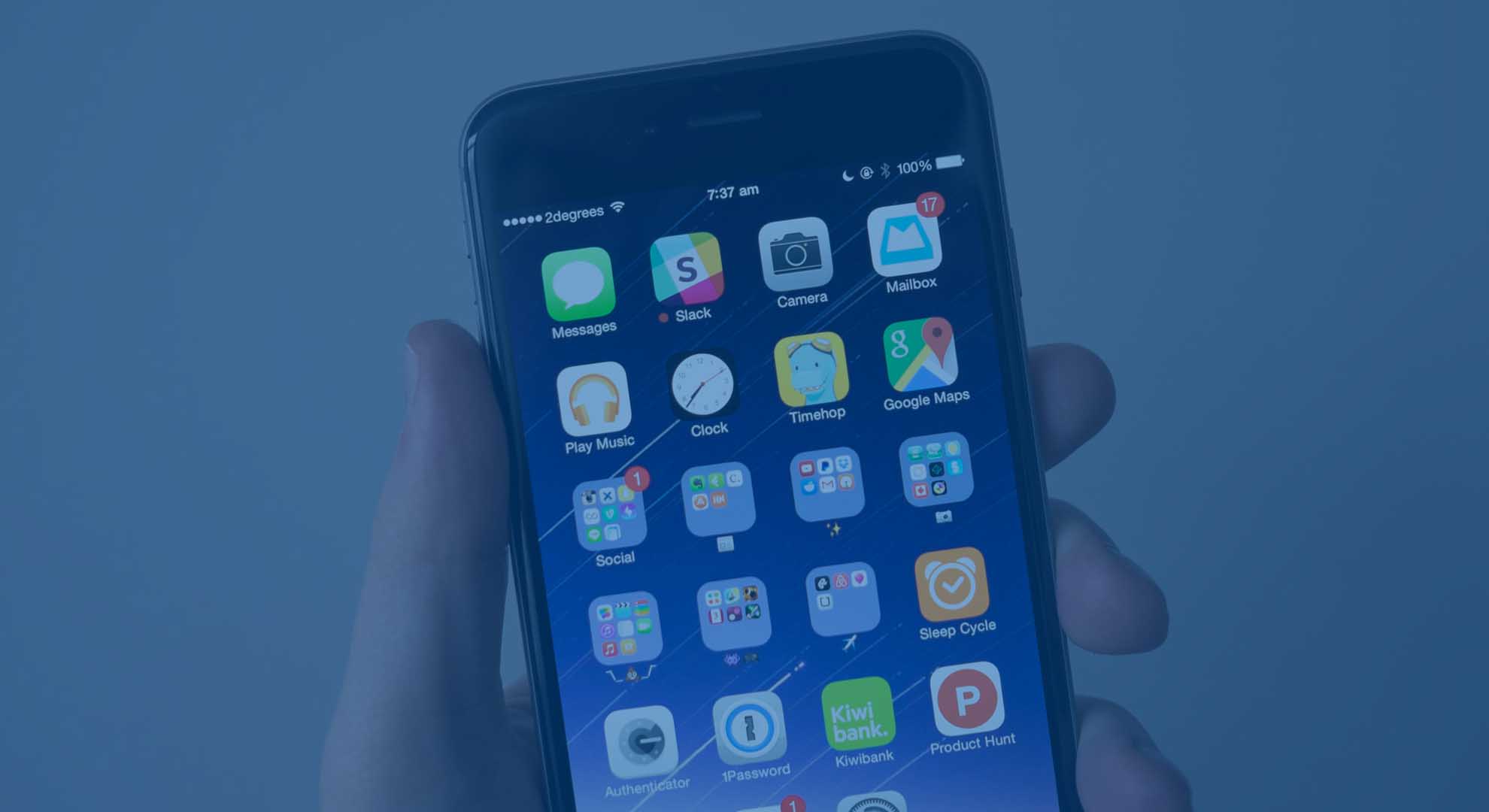App modernization is a very scary thing and most organizations tend to avoid it. This is because; organizations are simply attached to their traditional practices and do not want to try something new, as it requires additional efforts and cost. However, sometimes change comes screaming, demanding and shouting. As a result, businesses have to step out of their comfort zones in order to seek improvements.
A Research from Sharp has revealed that almost 40 minutes are wasted per employee per day in UK offices, which are equivalent to 167 hours, costing businesses over £2,100 per employee per year. This adds up to the average office worker wasting at least 21 days each year due to slow or inefficient technology, which is longer than most UK office workers get for their paid annual leave.
This is the reason, why companies must be open to changes and must willingly take the required actions to modernize their IT infrastructure. This is the only technique to generate greater value and outstanding apps indeed.
What Is Actually App Modernization?
App modernization is the consolidation, re-purposing, and refactoring of legacy software programming to align it more closely with present business requirements.
The objective of an application modernization task is to generate new business value from current apps.
Keeping legacy app running can be the resource-intensive and time-consuming process. This is especially when the software becomes obsolete and incompatible with the latest version of underlying system hardware or operating system (OS).
That is the reason why software experts perform renovations to update architectures by utilizing what is already there as a basis. From this point on, they identify the directions and choose how to implement essential improvements.
Why do Businesses need to Update or Modernize Their Apps?
Certainly, some people think that modernization is dangerous. Nevertheless, if it is done at the right time, for the appropriate reasons and with the best-suited skills and tools, it can barely jeopardize recognized software products.
In fact, it will improve the software. Organizations tend to spectate for latest trends and innovative approaches to modernize what they have produced, in order to beat their competitors.
Now the question arises that what can app modernization propose and why should companies invest in it?
1. New Business Value from Existing Apps
According to TechTarget, app modernization is on the priority list of 61% of small and large businesses. In addition to this, 60% to 80% of company’s IT budget is allocated on maintaining the outdated application. These outdated apps are unable to fulfill the viable business necessities. If current apps are being supported and improved, they can guarantee enhanced performance and deliver better business value that matches the client’s present requirements.
Furthermore, the modernization of already created apps will assist industrialists to augment their business scope and measure new environments. As an outcome, this would absolutely lead to innovation, premium revenue growth and increased profit margins. It will also take the wraps off a completely new sphere of business opportunities, whereas concurrently decreasing bottom line costs.
2. Ease of Migration
The more a company waits to upgrade legacy software, the more complex it becomes to find a solution that will suit your current system. Discovering the appropriate time to modernize apps is a challenge. This grows exponentially based on the number of users and how important the software is to everyday business.
It can come down to a balancing act between the cost to upgrade a system and buy-in from end users, versus the cost of maintaining the legacy system. The old system will slowly become less and less useful to the point where it must be replaced anyway.
3. Changing Business Practices
The organization may be transferring towards business functions that were unexpected when the actual software was set in place. If the original legacy system is not scalable, then it may be problematic to modernize or add-on for coverage of the changing needs.
In addition to this, you may have partners or vendors that have upgraded their systems, making it impossible or difficult for your legacy system to link with theirs.
4. Ability to Share and Access Data across Multiple Platforms
Modern software is created with an objective to take advantage of the internet and foster interactions between devices impeccably. The legacy software was developed with the focus of keeping operations in-house. The ability to share and access data across multiple platforms and devices can be a big advantage and something to work towards if it is not already set in place.
5. Modern Software is Constructed Securely
The longer a software product or service has been around, the more time hackers have had to look for security holes. The legacy software was originally concentrated on functionality more than security, with security procedures being applied after the fact. Modern software is constructed securely from the ground up, using the newest features that are intended to safeguard data while still permitting access to those who need it.
Conclusion
It is important that IT companies take steps in the direction of maximized application modernization if they pursue success based on present technological propensities. Revising obsolete features on present application assets will save efforts and time, and will decrease extra expenses.
Developers would not feel the need to reinvent the wheel. They will have the grounds to enlarge it, convert it and revolutionize it. In addition to this, creators slot in extra open, flexible and complete infrastructures. They will be able to obtain improved results. In other words, application modernization will raise a unified user experience to clients and partners. It will guarantee 24/7 access to the most important services.
In other words, it will increase productivity for all departments, even though presenting company leaders and users with a wider range of benefits. These benefits comprise of improved productivity, reinforced skills, greater business value, availability to a diverse and larger set of consumers, and amplified application adaptableness to external and internal platforms.











